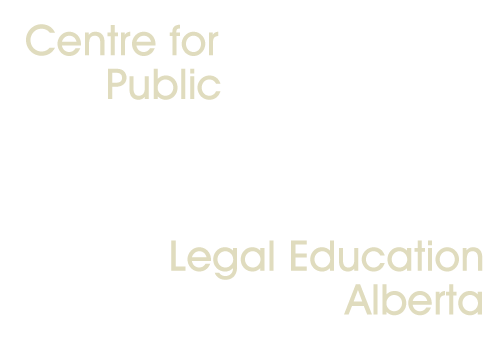A landlord usually requires that everyone who is living in a rental unit be named on the lease. Landlords have the right to know how many people and who are living in the rental unit. This information is important to ensuring that:
- the landlord meets Minimum Housing and Health Standards and
- both landlords and tenants can exercise their rights if either breaches their legal obligations
It is important to know whether a roommate is a tenant on the lease or an occupant without approval. To learn more about what happens if a roommate is a tenant on the lease but doesn’t sign it, refer to our FAQ – Does each roommate need to sign the lease?
If a roommate is a tenant on the lease
That person has rights and obligations of a tenant under the Residential Tenancies Act. For example, Person A and Person B are both tenants on the lease. When they don’t pay their rent, the landlord can choose to collect the rent from:
- A alone,
- B alone, or
- from both
If a roommate is an occupant without approval
If someone moves into the rental unit without the landlord’s approval, then the landlord has the right under the Residential Tenancies Act to require the person to vacate the property. Depending on the circumstances, the person may have to leave within 48 hours or 14 days. You can read more about notices in the Notices of this website.
November 2023

